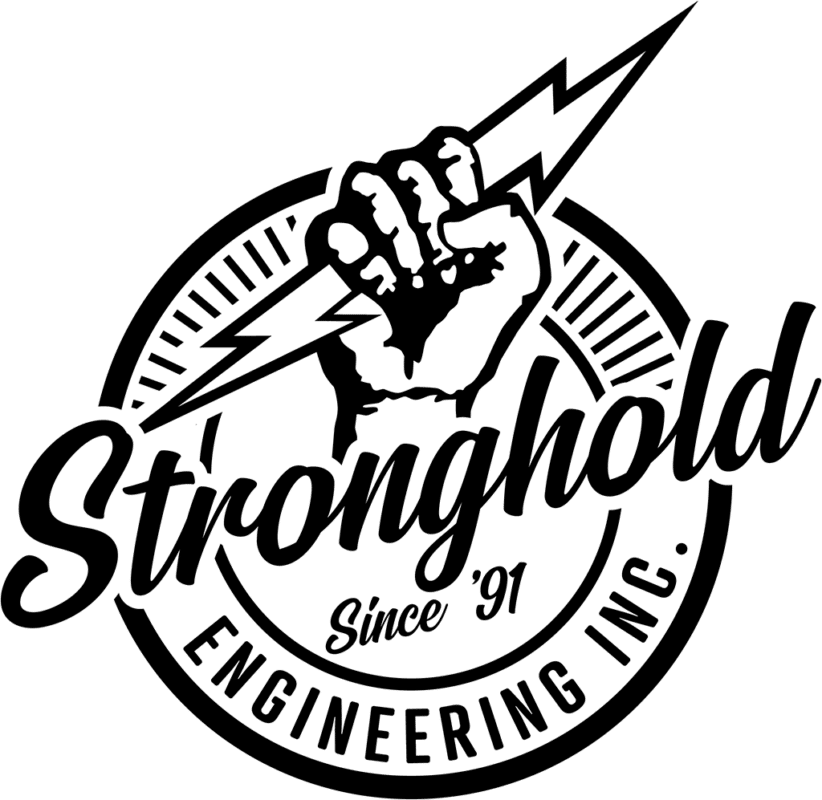In every industry, ensuring the safety and health of workers is paramount. But in sectors like construction and general industry, the stakes are even higher due to the inherent risks and complexities of the job. Here’s a comprehensive guide on OSHA standards for construction and general industry.
The Importance of Safety and Health in Construction
The construction sector is replete with potential hazards: high elevations, heavy machinery, electrical equipment, and more. In fact, in 2021, there were a reported 462 fatal injuries in California.
Safeguarding the well-being of construction workers doesn’t just affect the individual—it impacts the success of the project, the company’s reputation, and overall industry standards.
What Is OSHA?
The Occupational Safety and Health Administration (OSHA) was established to ensure every American worker has a safe working environment. Their mission goes beyond mere compliance; it’s about instilling a culture where safety is paramount.
Key Functions and Responsibilities
OSHA’s primary functions include setting and enforcing safety standards, providing training and education, and conducting outreach to promote workplace safety. These efforts are aimed at reducing workplace injuries, illnesses, and fatalities.
OSHA’s Impact on Workplace Safety
OSHA has had a significant impact on improving workplace safety over the years. Its regulations and enforcement have contributed to a reduction in workplace incidents and have helped protect workers and save lives.
OSHA Standards for the Construction Industry
Let’s take a closer look at OSHA standards for construction and general industry. The construction industry and general contractors must adhere to the provisions of OSHA 1910 and 1926. We’ll go into those standards a bit more below:
- Fall Protection: The leading cause of construction fatalities, it’s crucial to have proper safety gear, guardrails, and training. (Found in 29 CFR 1926 Subpart M.)
- Hazard Communication: Workers must be informed about the potential chemical hazards in their workspace. (Found in 29 CFR 1910.1200.)
- Excavation and Trenching: One of the riskiest construction operations, it demands special safety considerations. (See 29 CFR 1926 Subpart P.)
- Electrical Safety: Workers must be protected against electrocution, shocks, and other electrical-related incidents. (See 29 CFR 1926 Subpart K.)
- Personal Protective Equipment (PPE): Gear that workers wear to minimize exposure to hazards. (These requirements are outlined in different parts of the regulations, including 29 CFR 1910 for general industry and 29 CFR 1926 for construction.)
OSHA Standards for General Industry
General Industry rules appear under 29 CFR 1910. So, what are the main differences between construction and general industry? While both sectors deal with worker safety, general industry encompasses a broader range of operations, excluding construction, agriculture, and a few others.
The Prominent Hazards Addressed by OSHA Standards
OSHA standards play a crucial role in maintaining workplace safety and minimizing risks. They address various hazards to protect workers from potential harm. Here are some of the prominent hazards addressed by OSHA standards:
- Machine Guarding: Protecting workers from machine parts. (See 29 CFR 1910.212.)
- Hazardous Materials Handling: Ensuring safe transport and use of chemicals. (See 29 CFR 1910.1200.)
- Walking-Working Surfaces: Minimizing risks of slips, trips, and falls. (See 29 CFR 1910 Subpart D.)
- Lockout/Tagout Procedures: Ensuring machines are safely shut off during maintenance. (Found in 29 CFR 1910.147.)
- Respiratory Protection: Safeguarding workers from inhaling harmful substances. (Found in 29 CFR 1910.134.)
Ensuring OSHA Compliance: Steps for Employers in General Industry
To ensure adherence, OSHA undertakes periodic inspections. Here’s what you need to know to prepare for the OSHA inspection process.
Preparing for an OSHA Inspection
- Document Organization: Have all safety records accessible.
- Designate an Inspection Coordinator: An appointed team can handle the inspection process efficiently.
- Review OSHA Standards: Stay updated with guidelines relevant to your sector.
The On-Site Inspection Process
- Opening Conference: This session discusses the inspection’s purpose.
- Facility Tour: The inspector identifies potential violations.
- Employee Interviews: A gauge of worker awareness.
- Document Review: Check safety programs against OSHA’s standards.
There will usually be a post-inspection follow-up, where you’re given corrective actions and necessary documentation.
How to Prepare for OSHA Inspections
The best preparation for OSHA inspections is to perform regular self-audits and to stay up-to-date with the latest safety standards. This helps minimize construction risks, create a safe working environment, and promote the long-term well-being of your employees.
OSHA Penalties for Violations
If you’re found to be non-compliant, penalties can range from monetary fines to legal implications. Effective January 2023, OSHA’s maximum penalties for serious and other-than-serious violations will rise to $15,625 per violation. Similarly, the maximum penalty for willful or repeated violations will increase to $156,259 per violation.
Best Practices for Implementing OSHA Standards for Construction and General Industry
Complying with OSHA goes beyond a good inspection. Follow these four best practices to help you maintain a safe and healthy workplace:
- Establishing a Safety Culture: Prioritize safety at all levels.
- Employee Training: Equip your team with the knowledge to work safely.
- Risk Assessment: Identify potential threats and mitigate them.
- Utilizing Technology: Employ modern tools to enhance safety.
Our dedication to safety isn’t just a box to check; it’s ingrained in our company’s DNA as part of our Core Values at Stronghold Engineering. Safety is not just what we do; it’s who we are. That’s why we take these steps and more to promote safety within our culture.
We believe that by prioritizing safety through these best practices, we create a workplace where our team can thrive, projects can succeed, and everyone can return home safely at the end of the day.
Are You Looking for a Construction Company That Values Safety Above All?
For the past 31 years, clients throughout the state of California have trusted Stronghold Engineering with their construction projects. Our commitment to safety is evident in our impeccable track record and industry reputation.
Take a look at our past projects, like the Ironwood State Prison, to see if our team would fit the bill for your upcoming project.
The bottom line is when it comes to construction, don’t compromise on safety. At Stronghold Engineering, safety is our number one priority—and that’s something you can count on. Contact us today to get started on your build!

